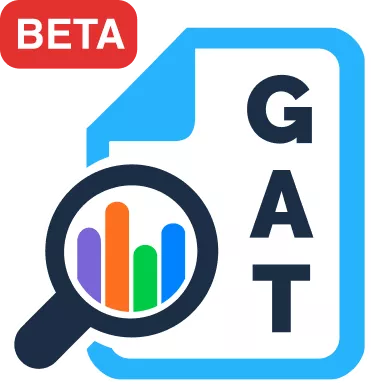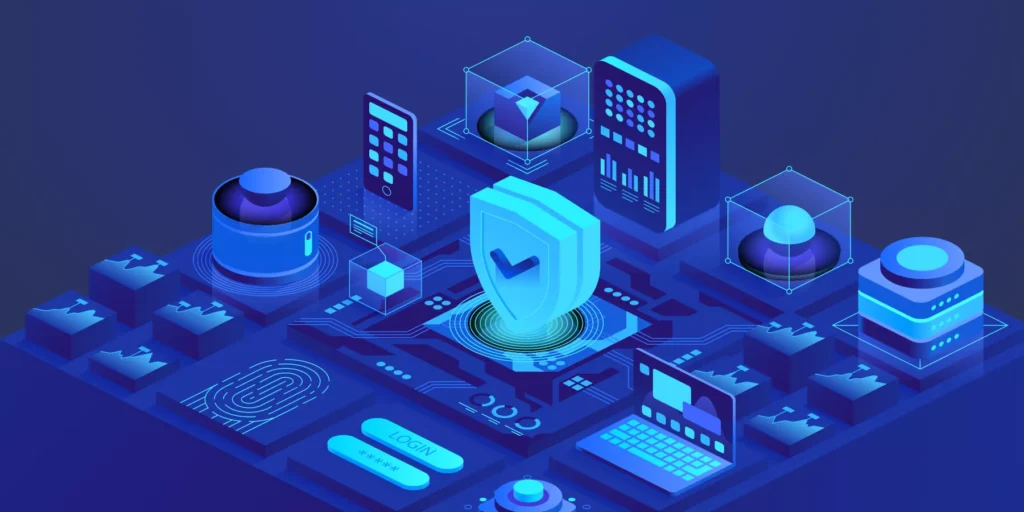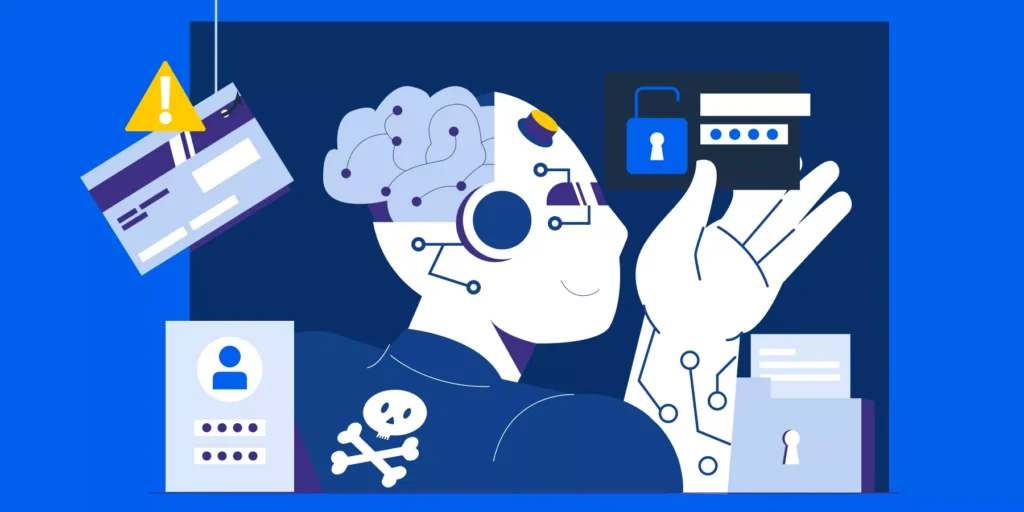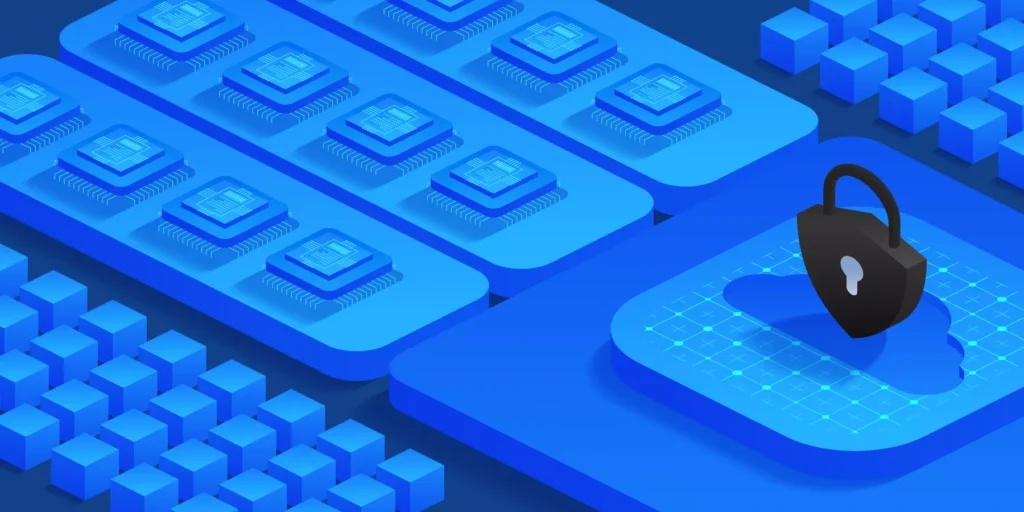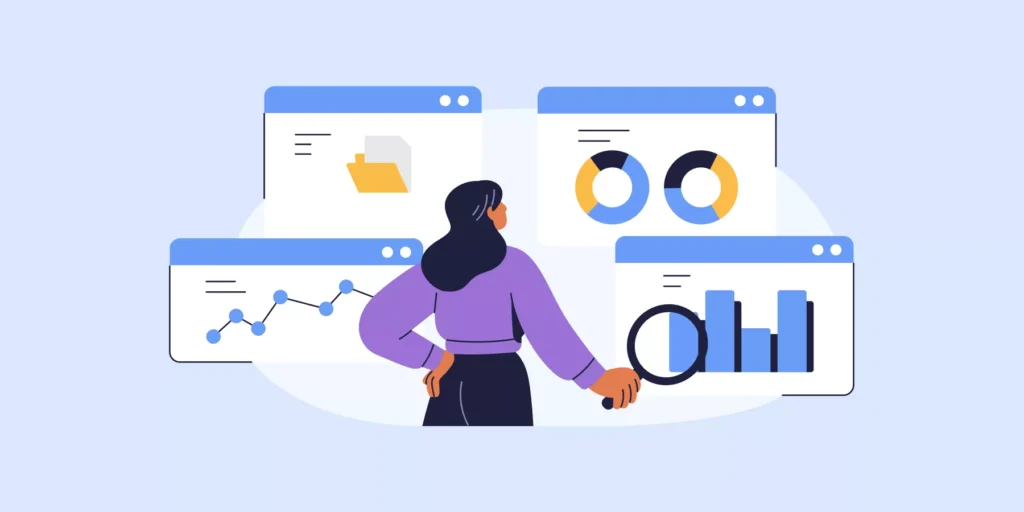Think Cybersecurity, and navigate confidently through times of crisis!
In what feels like a blink of an eye, life as we know it changed.
Work from home became the norm, masks became an essential item in all of our pockets and social distancing signs we have never seen before are now everywhere.
Now let’s go back in time a few weeks before that, shall we?
In 2020, before the advent of COVID-19, there were already 7 million people working remotely in the U.S. alone (3.4% of the population).
When the pandemic hit, remote workers and their employers were already ahead of the curve globally. They had what many businesses and sysadmins are trying to instill today to keep the fire burning remotely.
How do we monitor employees’ productivity remotely?
How do we ensure Data Security when employees work from home?
Better yet, do we fully understand the security risks related to the remote working environment?
Many urgent questions need FAST answers.
Well, all of these questions, and many more, have already been addressed by remote work champions through TWO effective methods that COMPLIMENT each other:
- Awareness (for the staff)
- Security and Monitoring Tools (for managers and Sysadmins)
While here at GAT Labs we offer the most powerful security and monitoring tools for organizations working in G Suite and Chrome, we also always seek to brick up any other potential gaps in your organization’s cybersecurity walls.
With awareness in mind, this blog piece highlights the top cybersecurity threats G Suite Sysadmins and users should be looking out for at the moment.
6 Viral Cybersecurity Threats to Look Out for Now (and How to Prepare for Them)
1. Phishing Emails ⚓
One of the most common forms of cyberattacks targeting enterprise domains now is phishing emails. Especially COVID-19-themed Phishing.
- Check this blog piece to learn what COVID-Phishing looks like.
The best way to protect your domain here is by enforcing email security and teaching your G Suite users how to actually spot phishing attempts.
- Check out this piece for the 5 Tell-tale Signs of a Phishing Email.
You might also want to share the above blog posts with your users. ?
2. Unsecured WiFi network connections
Companies can easily secure WiFi networks within their premises. But now that your G Suite users are working remotely, they need to make sure they’re using PRIVATE and SECURE networks.
This step is particularly important to protect their digital footprints from potentially malicious users accessing their WiFi networks.
- Norton shares 7 simple steps to secure home Wifi networks. Make sure your users follow them through at home.
3. Device Theft or Loss
Accidents happen! — Even during lockdowns. With that, how to deal with lost or stolen devices?
First of all, instruct your G Suite users to immediately report missing devices to your sysadmins right away to avoid major cybersecurity repercussions.
Then, using monitoring tools like GAT Shield, sysadmins can track any device’s geolocation, monitor all Chrome browser activity in real time and take IMMEDIATE security actions.
|
4. Unsecure Websites
Most employees need to do at least some research online for their jobs, which of course means they’ll be visiting many websites every day.
With that, some of these websites may be unsafe and can even spread malware, steal sensitive information, send spam, and more.
So how to tell if a website is secure? TechNews Gadget here shares this informative piece on the subject. Make sure to share it with your G Suite users and domain users.
As a Sysadmin, you, on the other hand, can block access (blacklist) to certain websites for your entire domain using GAT Shield.
5. Less Secure Apps
Less secure apps increase the risk of hackers breaking into your users’ accounts. Hence, blocking sign-ins from these apps helps keep your domain safe.
To limit that risk we recommend taking the following 3 precautions:
-
- Disable sign-ins for less secure apps in the Google Admin console.
- Make it a rule for your users that before granting access to any third-party app, they first need to ask themselves: Does this app really need access permission to things like Gmail, drive, etc.?
- Use GAT+ to set up alerts for newly installed apps in your domain to review them, or even ban third-party apps.
6. Data Leakage Prevention (DLP)
We’ve seen how one Data Leakage incident can wreak absolute havoc all over an organization’s domain, causing significant data breaches and major security after-effects.
That’s exactly why users need to be trained on what data they should protect online, as well as the best file and data-sharing practices.
On the other hand, DLP solutions like GAT Shield play a significant role in the background to protect your domain against accidental or malicious DLP incidents.
For instance, by auditing your G Suite and Chrome environment in real time, GAT helps secure your domain against DLP incidents 24/7, ensuring optimum protection all the way.
Well, that’s it from us today.
Got a question about monitoring and protecting your G Suite domain during this remote transition? Feel free to contact us here. We’re happy to help. #youGATthis ?
Insights That Matter. In Your Inbox.
Join our newsletter for practical tips on managing, securing, and getting the most out of Google Workspace, designed with Admins and IT teams in mind.

